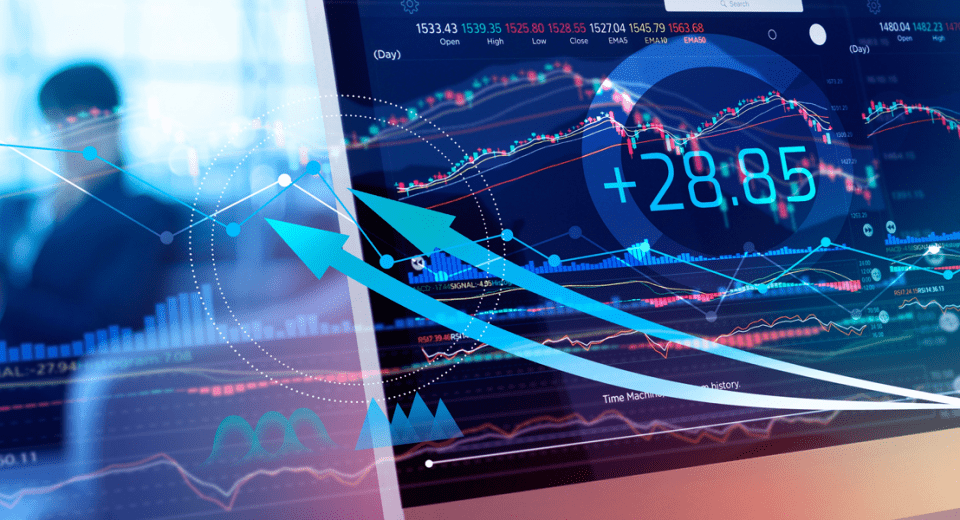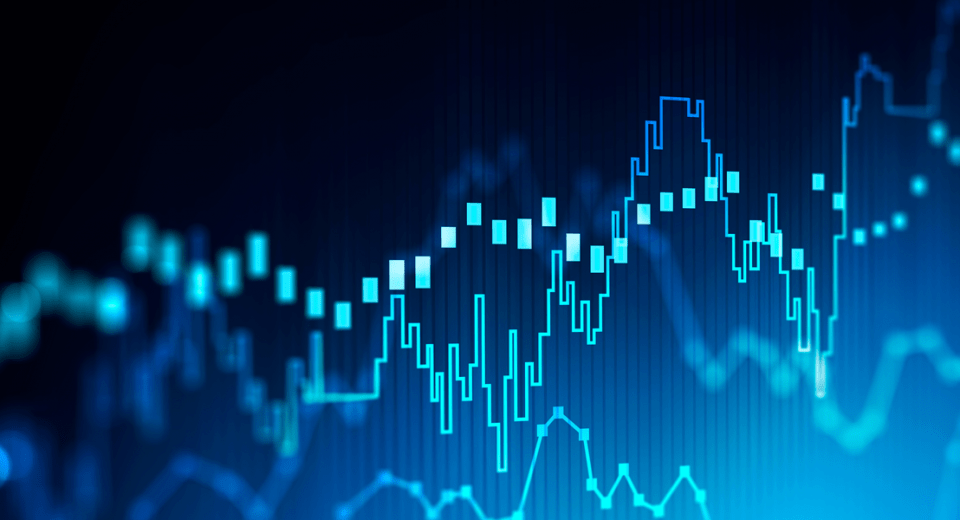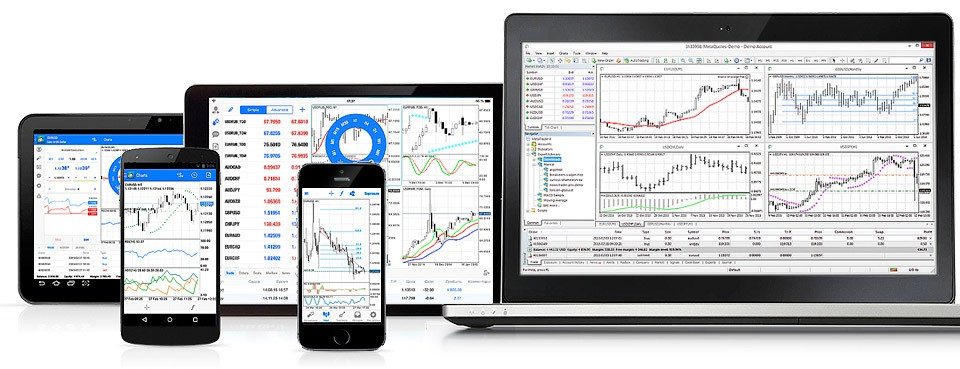The First Terms You Should Know in Forex Trading

The financial markets is characterised by the terms it uses for all the different activities, participants and even assets. The forex landscape is no different. For a newbie trader, all these terms could seem confusing. But, to make informed trading decisions, it is important to understand the most basic forex terms.
So, here’s a look at some of the most common terms you are likely to encounter in the forex markets.
1. Currency Pair
Currencies are usually traded in pairs, where one currency is bought and the other sold simultaneously. If we consider a pair like the EUR/USD, here the Euro (EUR) is the base currency, while the US Dollar (USD) is the quote currency. The three-letter abbreviations are ISO codes, with every currency in the world being denoted by a unique three-letter code.
The value of a currency pair represents the amount of quote currency needed to buy one unit of the base currency. If EUR/USD is 1.0988, it means that you will need $1.0988 to buy €1.
2. Pip
A PIP or pip is an abbreviation for Percentage in Point. It is the smallest measure of change in the exchange rate of a currency pair. For US Dollar related pairs, it is usually $0.0001, while for Yen-related pairs, it is $0.001. This standardised size protects traders from huge losses, during times of huge volatility.
You might hear a trader say, “I made 10 pips in the last 24 hours.” This means that the currency pair they were trading in moved 10 pips in the said timeframe. Pip fluctuations matter a great deal when calculating profits and losses, as well as for understanding the spread offered by brokers.
3. Bid/Ask Quote
This two-way price quotation system represents the best price at which a currency pair can be bought and sold, at a given time. Bid (buy) price represents the amount of quote currency you need to purchase one unit of the base currency, while ask (sell) price is the amount of the quote currency you will get, if you sell one unit of the base currency. Ask is often known as the offer price and tends to be slightly higher than the bid price.
If the GBP/USD pair equals 1.2433/35, it means that the bid price is 1.2433, while the ask price is 1.2435.
4. Spread
The pip difference between the bid and ask price is the spread. The tighter the spread, the greater the liquidity of a currency pair is likely to be. It represents the cost of making a trade, in terms of the commission charged by a broker or bank, as a transactional cost for entering a trade.
Frequently traded currencies like the EUR/USD and GBP/USD tend to have smaller spreads than exotic currencies, and hence might be more profitable to trade. Spread is an important feature for frequent forex traders, like scalpers and intraday traders. The spread becomes less important with increasing timeframes.
5. Margin
To start trading, the first step is usually to open a “margin account” with a broker, where you need to deposit a minimum amount of money to open and maintain a position. The remaining amount for the position will be provided by the broker. This capital lent by the broker is called “margin.” Margin is calculated as a percentage of your overall position, which varies according to the currency pair and forex broker in question.
Margin trading allows a trader to open a significantly larger position than they could have with just the capital in their account. The broker usually sets aside a portion of your capital, needed to maintain your position and cover any losses. If the account capital falls below this set level, the broker will issue a “margin call” for you to deposit the required amount in your account.
6. Leverage
This is another term for “margin.” It represents the fractional increase in the capital a trader can put into a position, as compared to the capital available to them. A leverage ratio of 100: 1 means that the margin is 1% of the total transactional value. This means for every $1,000 in your account, you can trade $100,000 in value.
Leverage is what increases your exposure to the forex market. The problem is that higher exposure means magnified potential for both profits and losses. So, the greater the leverage, the higher the risk you assume. This is why leverage is closely supervised by regulatory bodies.
7. Lots
Forex trading is done in specific position sizes, called lots. These are standardized units of the base currency. A standard forex lot means 100,000 units of the base currency. There are mini lots and micro lots too, which correspond to 10,000 and 1,000 units of the base currency, respectively.
The change in a currency’s value in relation to another is measured in pips, which is quite a small percentage of the entire currency value. Hence, the lot size is important with respect to your profit goals, since trading involves taking advantage of such minute changes in value.
8. Slippage
Slippage occurs when trade orders are filled at a price different from the one requested for. This can be denoted in both negative and positive terms. Negative slippage can adversely affect your profit goals.
Such situations are common during times of high volatility or increased latency in the trading terminal.
9. Economic Indicator
Governments issue various statistics that reflect upon the current health of the domestic economy. These include data such as interest rates, inflation rate, manufacturing output, GDP growth and so on. The release of these indicators tends to coincide with high market volatility, which is why traders track them closely.
Also, the macroeconomic factors of a nation influence the value of its domestic currency. A country experiencing political and economic stability tends to see an appreciation in currency value, in relation to other international currencies.
10. Bear/Bull Market
A bull thrusts its horns in the air, while a bear swiftly swipes its paws downward during an attack. Market movements are reflected in terms of such metaphors, where a “bull” market denotes upward price trends and a “bear” market denotes falling prices.
Similarly, traders who expect the markets to go up are said to have a “bullish” sentiment, while traders who expect a downward trend are said to be “bearish.”
These were only some terms of the basic terms used for forex trading. The entire glossary of terms would be exhausting, especially given that new ones get added to the list as new technologies and news reports come out. Many terms are born out of cultural connotations too. For example, “Gotobi” refers to a Japanese tradition of settling accounts on the fifth day of the month. In forex, the term signifies importer demand for the USD/JPY pair, said to take place on the 5th of each month.
To understand market sentiment, you need to decipher “trader talk.” So, go ahead and learn how to speak forex like a pro!
Reference Links
- https://www.thebalance.com/how-to-read-a-forex-quote-1344922
- https://www.babypips.com/learn/forex/what-is-margin
- https://www.investopedia.com/articles/forex/07/forex_leverage.asp
- https://www.investopedia.com/insights/digging-deeper-bull-and-bear-markets/









